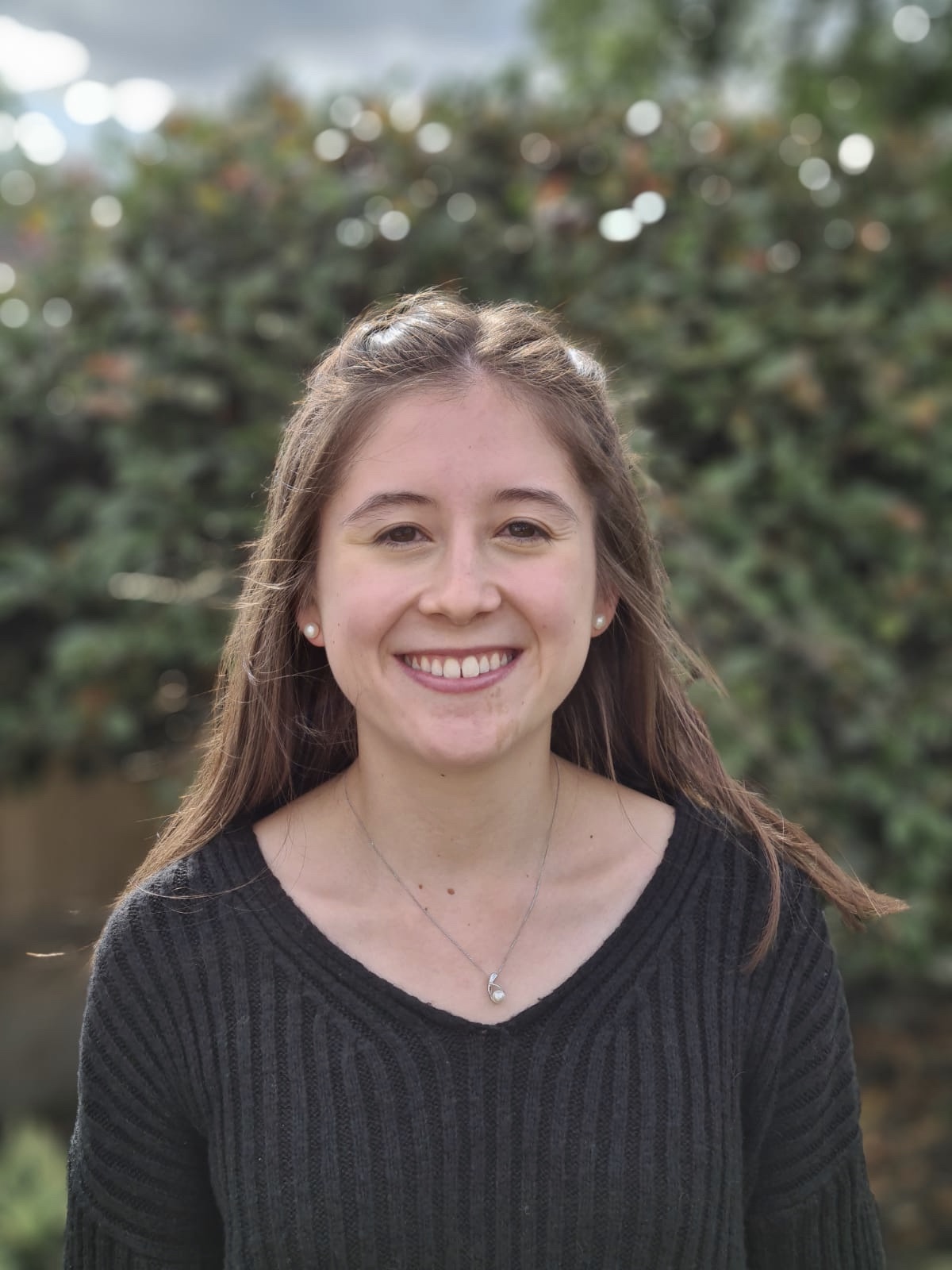
I am an interdisciplinary PhD student (2021-2025), funded by Cancer Research UK, and supervised by Prof Jon Essex, Prof Mark Cragg and Dr Ivo Tews. My work seeks to integrate experimental cancer immunology with structural biology and computational modelling methods to better understand the structure-function relationships and biological activity of immunomodulatory antibodies. This will enable the development of more powerful antibody immunotherapies to more effectively treat cancers.Immunostimulatory antibodies are a promising strategy for cancer immunotherapy. They target and bind costimulatory receptors, expressed on immune cells, to elicit agonistic effects, through receptor clustering and activation of signalling pathways. This leads to improved immune cell activation, proliferation and survival, which can provide anti-tumour responses.My project is currently focussed on developing upon recently published work by our group which showed that the antibody hinge region plays a key role in controlling antibody dynamics and agonistic activity in immunostimulatory antibodies targeting the tumour necrosis factor receptor CD40. Using an integrated approach combining X-ray crystallography, small-angle X-ray scattering (SAXS) and molecular dynamics (MD) simulations, it was found that antibodies with restricted flexibility exhibited higher levels of agonism in the clinically-relevant anti-CD40 antibody ChiLob7/4. Now we will build on this work, firstly by determining whether this finding is translatable to other immunostimulatory antibodies targeting different therapeutically interesting costimulatory receptors, and secondly by investigating whether we can continue to fine-tune agonistic activity through antibody engineering. We then hope to investigate other hinge modifications in immunostimulatory antibodies to gain a better understanding of structural role of the hinge region in immunostimulatory antibodies.As before, I will use a combination of experimental and computational methods for this project. In the laboratories at the Centre for Cancer Immunology, I use a variety of biochemical, biophysical and in vitro cellular assays to characterise the functional properties of different antibody variants, including their immunostimulatory activity, binding affinity and cell surface receptor binding. With the Macromolecular Crystallisation Facility in the Institute for Life Sciences at the University of Southampton, as well as synchrotron facilities at the Diamond Light Source (DLS, Oxford, UK) and the European Synchrotron Radiation Facility (ESRF, Grenoble, France), I use X-ray crystallography with anomalous scattering to determine antibody structure, in particular the hinge region disulfide bond pattern, at an atomic level. Finally I use SAXS studies (performed again at DLS or ESRF) combined with full atomistic MD simulations, along with enhanced sampling methods such as metadynamics, using the university High-Performance Computing facilities, to investigate changes in antibody structural conformation, flexibility and dynamics.To rationalise at the molecular level the fundamental mechanisms underpinning immunostimulatory activity will enable the development of more effective therapeutic antibodies to treat cancers.